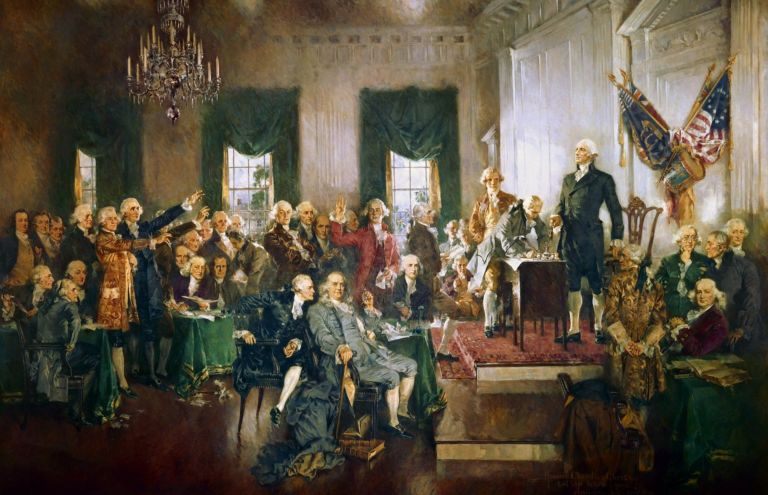Natan Ehrenreich writes for National Review Online about misguided criticism of one of the nation’s newest charter schools.
“Something deeply un-American is underway in the state of Oklahoma,” writes Rachel Laser, president of Americans United for Separation of Church and State, in the New York Times. Mourning — and suing to prevent — the opening of a religious charter school in Tulsa, she decries that “Christian nationalist groups see charter schools as fertile ground for their full-on assault on the separation of church and state in public education.”
But despite Laser’s assertions to the contrary, there is nothing sinister, ahistoric, unconstitutional, or un-American about religious communities educating their children about something other than secularism.
The opening of our nation’s first religious charter school has predictably proven controversial, but that’s not because its proponents are adopting a relatively new, distorted understanding of the American view of religion’s place in the public square. Rather, it’s folks like Laser who are doing just that.
Laser’s legal error is the same one made often by ardent secularists: importing a phrase coined by Thomas Jefferson in 1802, the “wall of separation between church and state,” and first referenced in a Supreme Court decision no earlier than 1879, into the original meaning of the First Amendment. …
… [S]imply declaring a legal principle “foundational” does not make it so. As Tal Fortgang notes in City Journal: “Jeffersonian separationism became fully authoritative in Establishment Clause decisions in 1947, when the Court announced that ‘[t]he First Amendment has erected a wall between church and state’ a century and a half after its ratification.” And as the great First Amendment scholar Michael McConnell, alongside Marci A. Hamilton, explains, the period in which the Supreme Court held that the Establishment Clause prohibits public funding of religious education was distinct from both earlier and later jurisprudential periods

